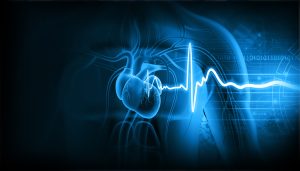Articles / Measuring Troponin In General Practice


writer
Pathologist-in-Charge of the Sullivan Nicolaides Pathology Department of Biochemistry
High sensitivity(HS) troponin measurement in the emergency room/hospital setting is now widely established in Australia and is now being recommended for widespread implementation in the USA.
Lower cut-offs into the normal range may find value as a single determinant for exclusion purposes in the acute emergency ward setting, however, because HS troponin may be elevated in a number of noncoronary cardiac conditions, a rise and/or fall in the level is usually required for diagnosis of a coronary infarct1.

Allergen Introduction – Practical Tips for GPs

Oral Contraception Update

What do we do With High Triglycerides?

An Update on Heart Failure in Primary Care

writer
Pathologist-in-Charge of the Sullivan Nicolaides Pathology Department of Biochemistry

Very overestimated
Moderately/slightly overestimated
Quite accurate
Moderately/slightly underestimated
Very underestimated
Listen to expert interviews.
Click to open in a new tab
Browse the latest articles from Healthed.
Once you confirm you’ve read this article you can complete a Patient Case Review to earn 0.5 hours CPD in the Reviewing Performance (RP) category.
Select ‘Confirm & learn‘ when you have read this article in its entirety and you will be taken to begin your Patient Case Review.





